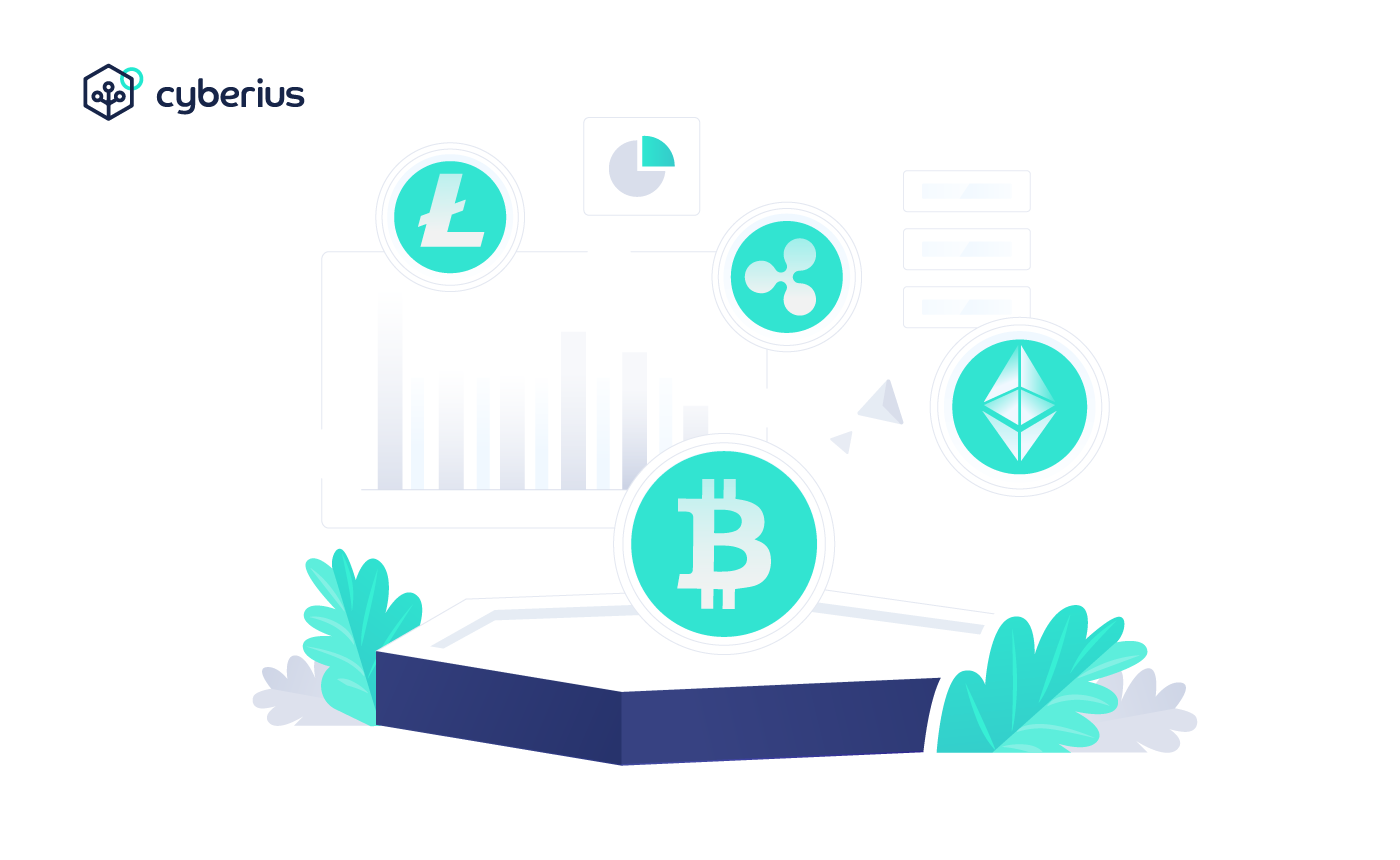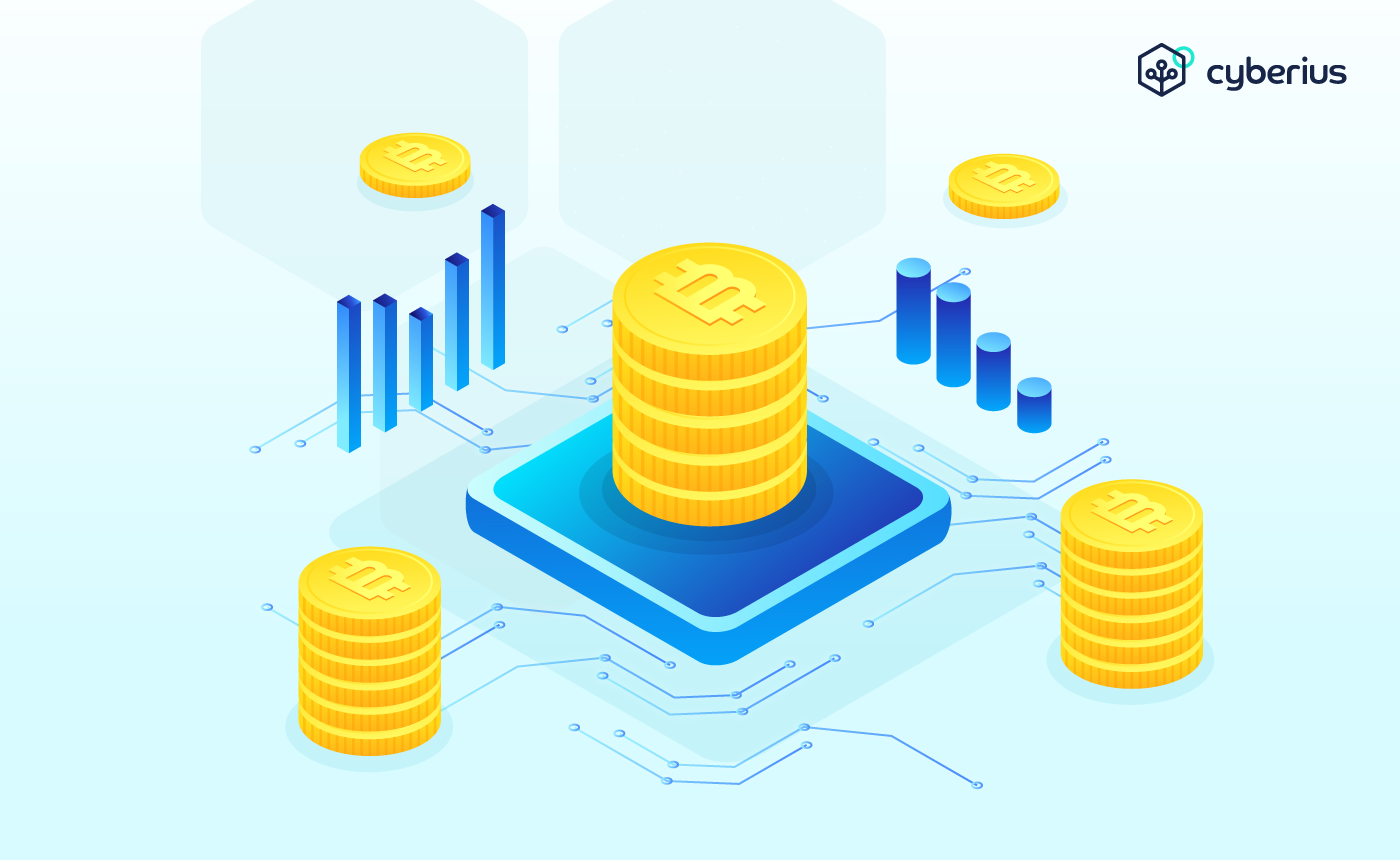What is Stock Market
The stock market is a free market where buyers and sellers are allowed to trade shares at a stable price anywhere in the world. Companies can gain access to investment capital by listing their shares publicly on the stock market, and in return give a percentage of ownership to the investors. Once stocks have been bought from the primary markets, investors can also re-sell them in the secondary markets.
In this case, an investor buys stocks from another investor. If the business succeeds, then the value of the shares appreciates. Investors may be individuals or institutions who make a fortune when the price of shares increases. The price of shares may also go down depending on the state of the market at that time, hence a loss to the investors, at least with traditional shares in a company (there are many different kinds of investment & trading options).
The main goal of investing in the stock market is to make money by buying shares in companies expected to do well. The stock market is an aggregation of stock traders and investors. Stock traders may be agents, hedgers, arbitrageurs, speculators, or stockbrokers. The stock traders buy and sell shares on behalf of their clients and in return earn a commission.
Stock traders are also responsible for researching on the expected trends in the market and advising their clients accordingly.
How The Stock Market Works
A company declares its worth publicly and issues shares to investors willing to invest. The amount of the shares issued determines the opening stock market price of the Initial Public Offerings (IPOs). A company uses money raised from its IPO to grow, but once its stock starts trading, it does not receive funds from the buying and selling of its shares.
An investor can buy the shares through stock exchanges or over the counter. The investor can contact an online broker firm to purchase the shares on their behalf. The stock exchange can take place physically where traders shout their prices or over a network (electronically). Before any exchange happens, buyers and sellers have to agree. Buyers bid a stock at a certain price, and if their proposed price matches the price of the seller, then a sale takes place.
When the price of a stock goes down, sellers become more aggressive, and they are willing to accept low bid prices. The buyers are also timid and only willing to buy at lower prices. The price will continue to fall until the price reaches a point where buyers step in and become more aggressive and willing to buy at higher prices, pushing the price back up.
Which strategy to choose?
Investors use different strategies to attain their goals. This leads them to sell stocks at different times. An investor may hold stocks until they grow significantly in price, then sells them to lock in the profits and extract the cash. Another trader may have bought at a higher price than the stock’s current price, putting the trader in a losing position. Usually, a trader in this category sells to keep the loss from getting bigger.
Investors and traders may also sell because they believe the prices of their stocks may plummet, based on their research, and want to take their money out before it does.
History Of The Stock Market
In the 1100s, for example, France had a system where courretiers de change managed agricultural debts throughout the country on behalf of banks. This can be seen as the first major example of brokerage because the men effectively traded debts.
Later on, the Merchants of Venice were credited with trading government securities as early as the 13th century. Soon after, bankers in the nearby Italian cities of Pisa, Verona, Genoa, and Florence also began trading government securities. The world’s first stock markets, however, are generally linked back to Belgium. Bruges, Flanders, Ghent, and Rotterdam in the Netherlands all hosted their own “stock” market systems in the 1400s and 1500s.
First Stock Market System
However, it’s generally accepted that Antwerp had the world’s first stock market system that mainly traded promissory notes, bonds, and exchange. Antwerp was the commercial center of Belgium and it was home to the influential Van der Beurze family. As a result, early stock markets were typically called Beurzen.
All of these early stock markets had one thing missing: stocks. Although the infrastructure and institutions resembled today’s stock markets, nobody was actually trading shares of a company. Instead, the markets dealt with the affairs of government, businesses, and individual debt.
The system and organization was similar, although the actual properties being traded were different. The East India Company is widely recognized as the world’s first publicly traded company. There was one simple reason why the East India Company became the first publicly traded company: risk.
Stock crashes usually occur under the following conditions:
- A prolonged period of rising stock prices and excessive economic optimism.
- A market where P/E ratios exceed long-term averages.
- Extensive use of margin debt and leverage by market participants.
- Other aspects such as wars, large-corporation hacks, changes in federal laws and regulations, and natural disasters of highly economically productive areas may also influence a significant decline in a wide range of stocks.
All such stock drops may result in the rise of stock prices for corporations competing against the affected corporations. Despite the rise of cryptocurrencies, the conventional stock market still holds massive opportunities for stock traders.
The best stocks to buy are those where investors are entitled to an annual pay, popularly called a dividend. Proper planning is also vital for a successful investment. Similarly, stock traders have to continually scan the market and closely monitor trends while keeping an eye on economic news.
Time has proven that investing in the most popular exchanges enables traders to access a wide range of buyers and sellers. Long-term investments are also quite popular because they have been shown to boast better ROI, unlike short-term traders who dispose of their stocks upon periodic price dips.
Most Historic Stock Crashes
Some of the worst stock crashes happened in the recent past, mostly driven by external economic factors and panic. Crashes often happen when stock prices dramatically decline across a significant cross section of the market, resulting in huge losses of paper wealth.
- Kipper und Wipper: this was one of the oldest crashes in market history that was caused by the fraudulent debasing of foreign coins minted in the “Holy” Roman Empire, from 1621 to 1693.
- Panic of 1792: this was a financial crisis triggered by the expansion of credit by a newly formed US bank. It was also fueled by rampant speculators: Alexander Macomb and William Duer, as well as other prominent bankers.
- Panic of 1893: this was a serious economic depression that affected several sectors of the economy and caused immense economic upheaval. This caused a drastic decline in stock prices, as well as the closing of 500 banks.
- Japanese asset bubble: this was a crisis that happened between 1981 and 1986 where Japanese real estate and stock prices were greatly inflated. The bursting of the bubble is now referred to as the Lost Decade, signifying a 10-year collapse of the economy of Japan.
- Financial crisis of 2007/2008: The Global Financial Crisis of 2007-2008 is considered the worst crisis since the great depression of 1939. It began with a crisis in the US’s subprime mortgage and later developed into a full blown world crisis.
The value of the 60 top stock exchanges in the world is valued at an estimated $69 trillion. The exchanges include 16 that have a market capitalization of at least $1 trillion each.
The NYSE is the biggest stock exchange in the world, and is bigger than the last 50 of the major exchanges combined. Only 3 continents account for 93% of the overall market capitalization.





Leave a Comment